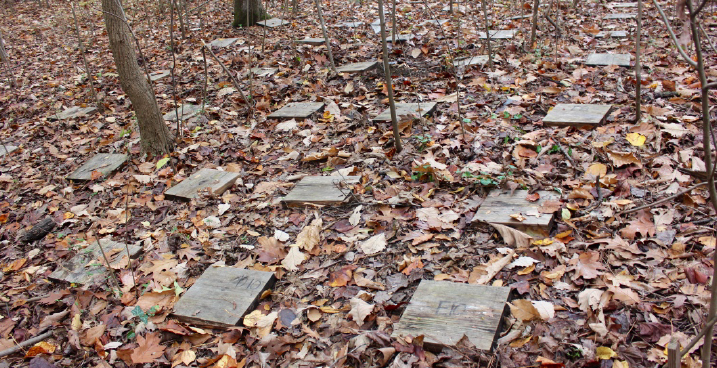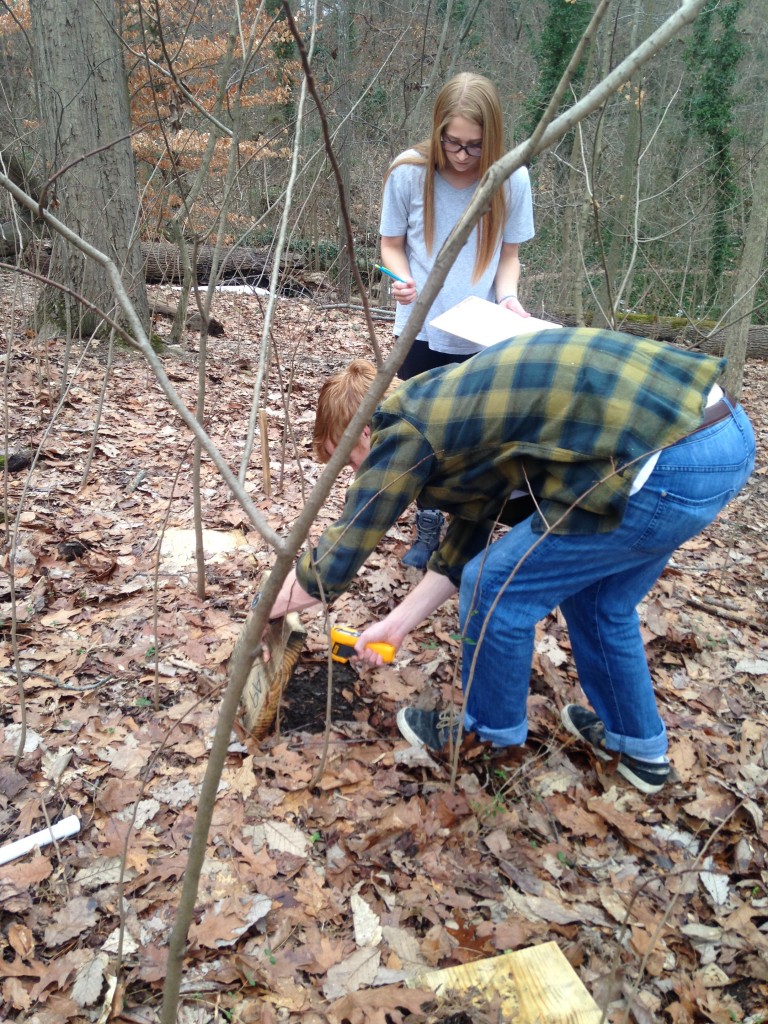We are part of the Salamander Population Adaptation Research Collaboration Network (SPARCnet), a network of researchers studying the effects of climate change and land use on the eastern red-backed salamander (Plethodon cinereus).
We are studying the dynamics of red back populations in the James River Park System in Richmond, VA.
Interested in joining the Red-backed Salamander project?
The population dynamics of eastern red-backed salamanders project is a great way for students to gain hands on experience with field research. We are always looking for interested students who want to get involved! Below are some resources for you to review that will provide more background information on red-backed salamanders, the SPARCnet project and framework, and how this data is being used across a larger scale for habitat and species conservation. After reviewing this information, if this still seems like something you want to get involved with, please contact Dr. Kristine Grayson (kgrayson@richmond.edu) and Hannah Coovert (hcoovert@richmond.edu).
- Salamander Population Adaptation Research Collaboration Network (SPARCnet) – the website for the regional project that our local Richmond red-backed salamander research is a part of.
- SPARCnet Field Procedure Video – video made by SPARCnet that shows the mark-recapture protocol in the field. While we still follow this protocol, we perform all measuring and marking procedures in the lab.
- Hernandez – Pacheco et al. 2018 – using data collected in the Richmond, VA plots (data from the first two years of the project) to estimate red-backed salamanders population density in the surrounding area.
- All About Eastern Red Backed Salamanders – this website has a lot of introductory information regarding red-backed salamanders. Hover over the Home tab at the top to explore the different pages of information.
- Importance of Red-backed Salamanders – this article provides a great overview of red-backed salamanders role in their larger ecosystem. Explore the linked articles/papers that are discussed in this article too!



